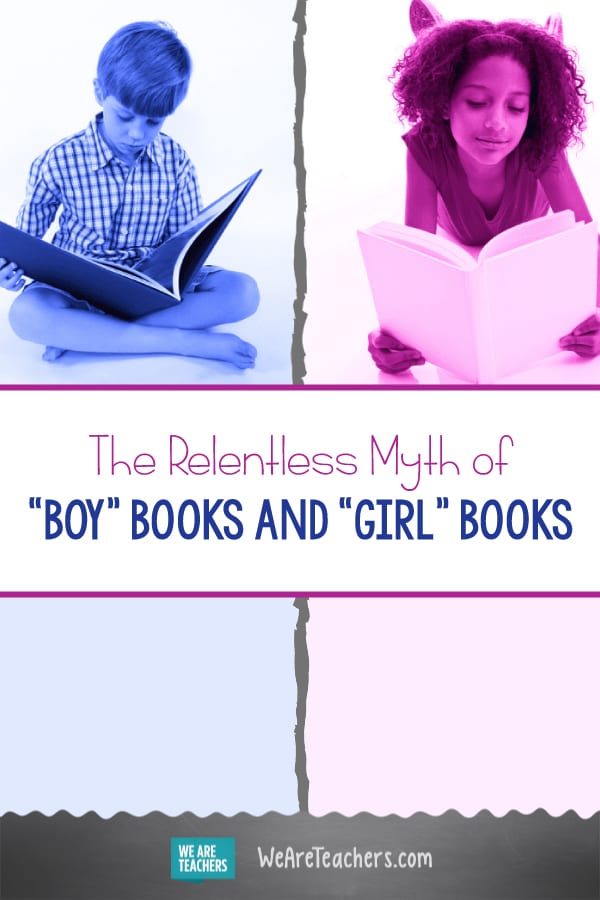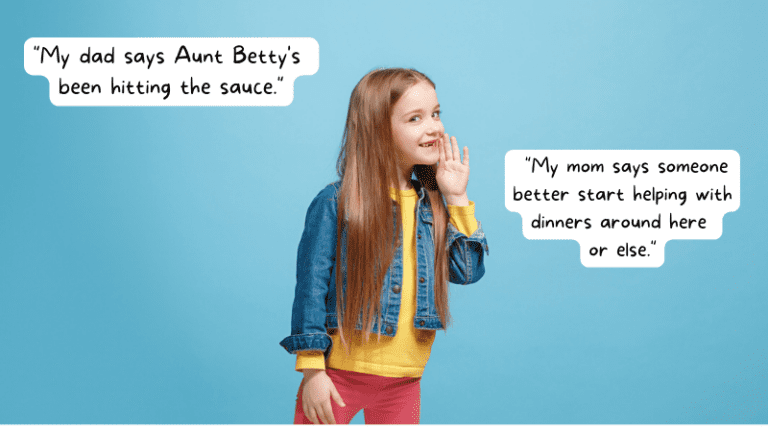Why does the distinction between “girl” books and “boy” books come up so often, particularly when it comes to guiding boys?
Writers and gatekeepers have been debating gendered reading on Twitter for several years now, but if you’re not part of that community, it’s time to pay attention.
Stories abound of well-meaning teachers, parents, and librarians steering boys toward books that feature action and adventure, a male protagonist, and away from anything “girly,” such as feelings or relationships.
Even stranger, when we buy into gendered reading, “boy” books tend to be for everyone, while “girl” books are only for, well, girls. There is even a tendency for teachers to choose “boy” books for class read alouds.
But we are doing our students—boys and girls—a great disservice by buying into these distinctions. It assumes every boy (or girl) thinks alike, is interested in the same things, or is inspired by the same kind of story. Not only that, but we also perpetuate harmful stereotypes when we imply that “girl” books only apply to a narrow audience and are therefore not as appealing or important.
We need to stop limiting reading options by talking about girl books and boy books. Instead of asking, “Is this a girl book or a boy book?” the better question is, “Is this a good book?”
Here’s what we should focus on instead.
We need to put a variety of books in front of our readers.
We need to talk with each student about their interests and help connect them with a book that fits them perfectly. Whether that is a story full of action and adventure, a quiet book about a refugee family, or a thick tome filled with dragons, none of these choices should be limited by whether a child is a boy or a girl. It is a choice solely based on the what feeds the individual’s imagination and encourages them to dig deeper.
Kids need to be exposed to characters that inspire them.
Students read to be inspired by characters who are smart, strong, and brave; characters who feel and think and act like them; and characters who are completely different than them. Books help students tap into their passions, give them words for their feelings, and help them figure out their place in the world.
Kids need to read stories that expand their worldview.
After all, isn’t that why most of us read in the first place? How boring would life be if we only stayed on our own familiar path? Putting labels on books that presume that one gender or the other won’t be interested creates that kind of limit.
We read to learn about people and situations outside and beyond ourselves so we can deepen our connection to, and understanding of, the world. We read to learn from other people’s experiences and perspectives.
Best of all, reading stories about different people helps us relate to different people. And what an incomparable joy to discover commonalities with a character who at first seemed so foreign. What better way to build a kinder, more inclusive world?
What’s your take on boy books, girl books, and gendered reading? Come and share your thoughts in our WeAreTeachers HELPLINE group on Facebook.
Plus, how to be more gender inclusive throughout your teaching day.


